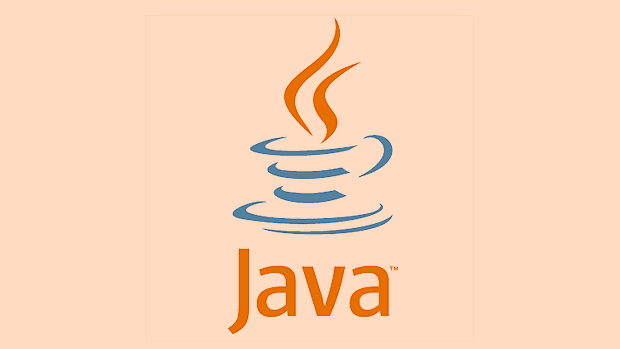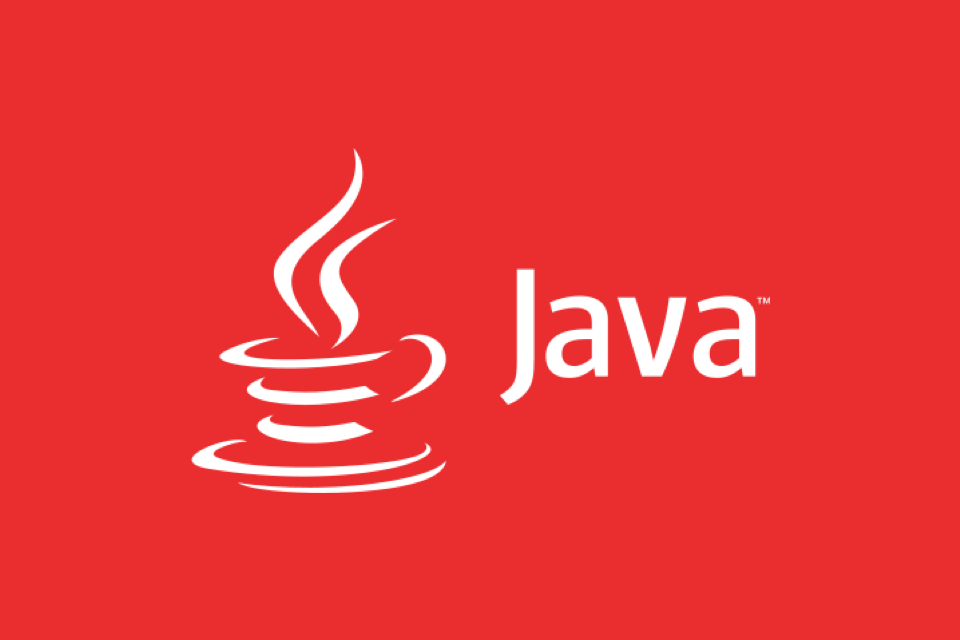 Java
Java
 javaTutorial
javaTutorial
 How to implement a caching strategy in Java (e.g., using EhCache or Caffeine)?
How to implement a caching strategy in Java (e.g., using EhCache or Caffeine)?
How to implement a caching strategy in Java (e.g., using EhCache or Caffeine)?
Jul 09, 2025 am 01:17 AMTo improve performance in Java applications, choose between EhCache and Caffeine based on your needs. 1. For lightweight, modern in-memory caching, use Caffeine—set it up by adding the dependency, configuring a cache bean with size and expiration, and injecting it into services. 2. For advanced or enterprise-level use cases requiring disk storage or clustering, use EhCache—add its dependency, define configurations in ehcache.xml, and initialize a cache manager for heap and off-heap memory usage. 3. Apply eviction strategies like time-based, size-based, or manual invalidation, and manage cache consistency according to read/write patterns to ensure performance and data accuracy.

Caching is a powerful way to improve performance in Java applications by reducing redundant computations or database calls. If you're working with frameworks like Spring or building standalone apps, implementing a solid caching strategy using libraries like EhCache or Caffeine can make a real difference.

Choose the Right Caching Library
The first decision you need to make is which library to use. Both EhCache and Caffeine are popular choices, but they serve slightly different needs.
- EhCache is feature-rich, supports disk-based storage, clustering, and integrates well with older Java EE applications.
- Caffeine is lightweight, modern, and has a more intuitive API, especially for in-memory caching in Spring Boot apps.
If you're starting fresh and don’t need distributed caching out of the box, go with Caffeine. If your system might scale across nodes or you need persistence, EhCache might be better suited.

Set Up Basic Caching with Caffeine
Let’s walk through a simple example using Caffeine in a Spring Boot app.
First, add the dependency:

<dependency>
<groupId>com.github.ben-manes.caffeine</groupId>
<artifactId>caffeine</artifactId>
</dependency>Then, configure the cache bean:
@Configuration
public class CacheConfig {
@Bean
public Cache<String, Object> caffeineCache() {
return Caffeine.newBuilder()
.maximumSize(100)
.expireAfterWrite(10, TimeUnit.MINUTES)
.build();
}
}Now you can inject this cache into your service and use it:
@Service
public class MyService {
private final Cache<String, Object> cache;
public MyService(Cache<String, Object> cache) {
this.cache = cache;
}
public Object getData(String key) {
return cache.getIfPresent(key);
}
public void putData(String key, Object value) {
cache.put(key, value);
}
}This gives you an in-memory cache that auto-evicts entries after 10 minutes or when the size exceeds 100 items.
Configure EhCache for More Advanced Use Cases
EhCache is a bit more involved but offers more flexibility, especially if you’re dealing with enterprise-level applications.
Start by adding the dependency:
<dependency>
<groupId>org.ehcache</groupId>
<artifactId>ehcache</artifactId>
</dependency>Create an ehcache.xml file in your resources folder:
<config xmlns:xsi="http://www.w3.org/2001/XMLSchema-instance"
xmlns="http://www.ehcache.org/v3"
xsi:schemaLocation="http://www.ehcache.org/v3 http://www.ehcache.org/schema/ehcache-core-3.0.xsd">
<cache alias="myDataCache">
<key-type>java.lang.String</key-type>
<value-type>java.lang.Object</value-type>
<resources>
<heap unit="entries">2000</heap>
<offheap unit="MB">10</offheap>
</resources>
</cache>
</config>Then create a cache manager and use it:
CacheManager cacheManager = CacheManagerBuilder.newCacheManagerBuilder().build();
cacheManager.init();
Cache<String, Object> myCache = cacheManager.getCache("myDataCache", String.class, Object.class);
// Usage
myCache.put("someKey", someValue);
Object value = myCache.get("someKey");This sets up a cache that uses both heap and off-heap memory, which helps reduce GC pressure and allows for larger datasets.
Consider Cache Eviction and Consistency
No matter which library you choose, you should think carefully about how and when data gets removed from the cache.
Here are some common eviction strategies:
- Time-based: Expire entries after a certain amount of time (e.g., 5–10 minutes).
- Size-based: Limit the number of entries kept in memory.
- Manual invalidation: Clear specific keys when underlying data changes.
Also, consider cache consistency:
- In write-heavy systems, update or invalidate cached values on writes.
- For high-read-low-write scenarios, stale reads may be acceptable if you use refresh-ahead or allow stale reads with refresh policies.
Make sure your strategy aligns with how your data behaves and what kind of performance guarantees you need.
That's basically it. It's not overly complex, but it does require thoughtful setup depending on your application's needs.
The above is the detailed content of How to implement a caching strategy in Java (e.g., using EhCache or Caffeine)?. For more information, please follow other related articles on the PHP Chinese website!

Hot AI Tools

Undress AI Tool
Undress images for free

Undresser.AI Undress
AI-powered app for creating realistic nude photos

AI Clothes Remover
Online AI tool for removing clothes from photos.

Clothoff.io
AI clothes remover

Video Face Swap
Swap faces in any video effortlessly with our completely free AI face swap tool!

Hot Article

Hot Tools

Notepad++7.3.1
Easy-to-use and free code editor

SublimeText3 Chinese version
Chinese version, very easy to use

Zend Studio 13.0.1
Powerful PHP integrated development environment

Dreamweaver CS6
Visual web development tools

SublimeText3 Mac version
God-level code editing software (SublimeText3)

Hot Topics
 Selecting Specific Columns | Performance Optimization
Jun 27, 2025 pm 05:46 PM
Selecting Specific Columns | Performance Optimization
Jun 27, 2025 pm 05:46 PM
Selectingonlyneededcolumnsimprovesperformancebyreducingresourceusage.1.Fetchingallcolumnsincreasesmemory,network,andprocessingoverhead.2.Unnecessarydataretrievalpreventseffectiveindexuse,raisesdiskI/O,andslowsqueryexecution.3.Tooptimize,identifyrequi
 What is the `enum` type in Java?
Jul 02, 2025 am 01:31 AM
What is the `enum` type in Java?
Jul 02, 2025 am 01:31 AM
Enums in Java are special classes that represent fixed number of constant values. 1. Use the enum keyword definition; 2. Each enum value is a public static final instance of the enum type; 3. It can include fields, constructors and methods to add behavior to each constant; 4. It can be used in switch statements, supports direct comparison, and provides built-in methods such as name(), ordinal(), values() and valueOf(); 5. Enumeration can improve the type safety, readability and flexibility of the code, and is suitable for limited collection scenarios such as status codes, colors or week.
 Applying Semantic Structure with article, section, and aside in HTML
Jul 05, 2025 am 02:03 AM
Applying Semantic Structure with article, section, and aside in HTML
Jul 05, 2025 am 02:03 AM
The rational use of semantic tags in HTML can improve page structure clarity, accessibility and SEO effects. 1. Used for independent content blocks, such as blog posts or comments, it must be self-contained; 2. Used for classification related content, usually including titles, and is suitable for different modules of the page; 3. Used for auxiliary information related to the main content but not core, such as sidebar recommendations or author profiles. In actual development, labels should be combined and other, avoid excessive nesting, keep the structure simple, and verify the rationality of the structure through developer tools.
 What is the JDK?
Jun 25, 2025 pm 04:05 PM
What is the JDK?
Jun 25, 2025 pm 04:05 PM
JDK (JavaDevelopmentKit) is a software development environment for developing Java applications and applets. It contains tools and libraries required to compile, debug and run Java programs. Its core components include Java compiler (javac), Java runtime environment (JRE), Java interpreter (java), debugger (jdb), document generation tools (javadoc) and packaging tools (such as jar and jmod). Developers need JDK to write, compile Java code and develop with the help of IDE; without JDK, Java applications cannot be built or modified. You can enter javac-version and java-version in the terminal
 VSCode debugger for Java setup guide
Jul 01, 2025 am 12:22 AM
VSCode debugger for Java setup guide
Jul 01, 2025 am 12:22 AM
The key steps in configuring the Java debugging environment on VSCode include: 1. Install JDK and verify; 2. Install JavaExtensionPack and DebuggerforJava plug-in; 3. Create and configure the launch.json file, specify mainClass and projectName; 4. Set up the correct project structure to ensure the source code path and compilation output are correct; 5. Use debugging techniques such as Watch, F8/F10/F11 shortcut keys and methods to deal with common problems such as class not found or JVM attachment failure.
 How do I set up VS Code for Java development?
Jun 29, 2025 am 12:23 AM
How do I set up VS Code for Java development?
Jun 29, 2025 am 12:23 AM
To use VSCode for Java development, you need to install the necessary extensions, configure the JDK and set up the workspace. 1. Install JavaExtensionPack, including language support, debugging integration, build tools and code completion functions; optional JavaTestRunner or SpringBoot extension package. 2. Install at least JDK17 and verify through java-version and javac-version; set the JAVA_HOME environment variable, or switch multiple JDKs in the status bar at the bottom of VSCode. 3. After opening the project folder, make sure the project structure is correct and enable automatic saving, adjust the formatting rules, enable code checking, and configure the compilation task to optimize the opening.
 Windows search bar not typing
Jul 02, 2025 am 10:55 AM
Windows search bar not typing
Jul 02, 2025 am 10:55 AM
When the Windows search bar cannot enter text, common solutions are: 1. Restart the Explorer or computer, open the Task Manager to restart the "Windows Explorer" process, or restart the device directly; 2. Switch or uninstall the input method, try to use the English input method or Microsoft's own input method to eliminate third-party input method conflicts; 3. Run the system file check tool, execute the sfc/scannow command in the command prompt to repair the system files; 4. Reset or rebuild the search index, and rebuild it through the "Index Options" in the "Control Panel". Usually, we start with simple steps first, and most problems can be solved step by step.
 Differences Between Callable and Runnable in Java
Jul 04, 2025 am 02:50 AM
Differences Between Callable and Runnable in Java
Jul 04, 2025 am 02:50 AM
There are three main differences between Callable and Runnable in Java. First, the callable method can return the result, suitable for tasks that need to return values, such as Callable; while the run() method of Runnable has no return value, suitable for tasks that do not need to return, such as logging. Second, Callable allows to throw checked exceptions to facilitate error transmission; while Runnable must handle exceptions internally. Third, Runnable can be directly passed to Thread or ExecutorService, while Callable can only be submitted to ExecutorService and returns the Future object to





